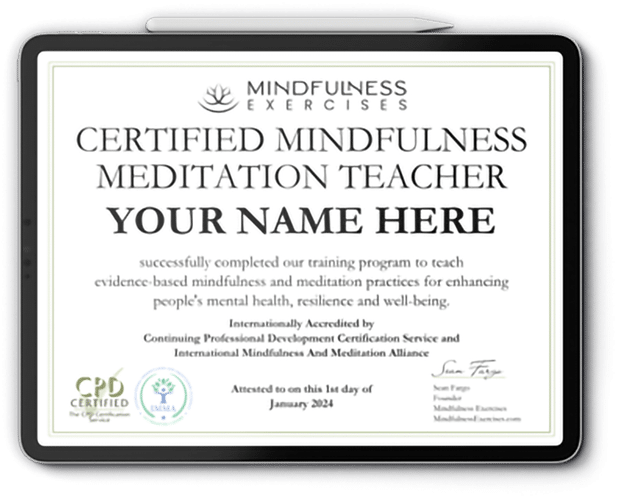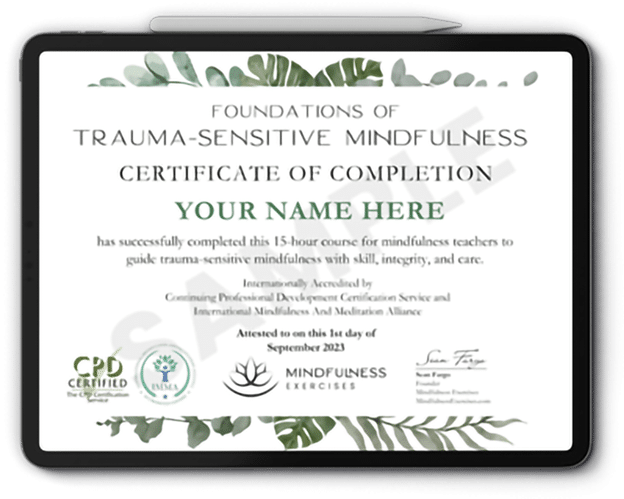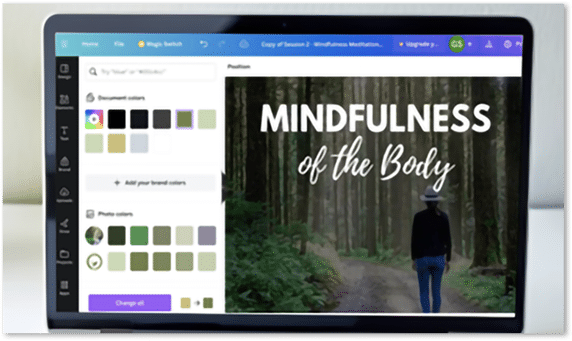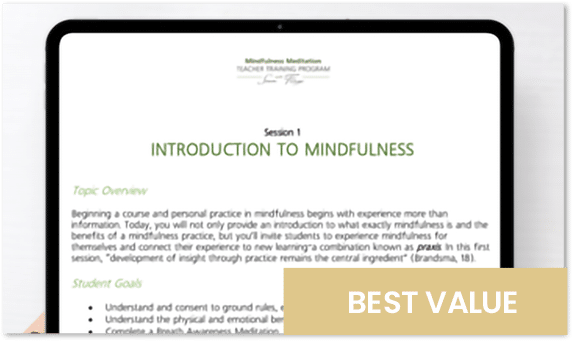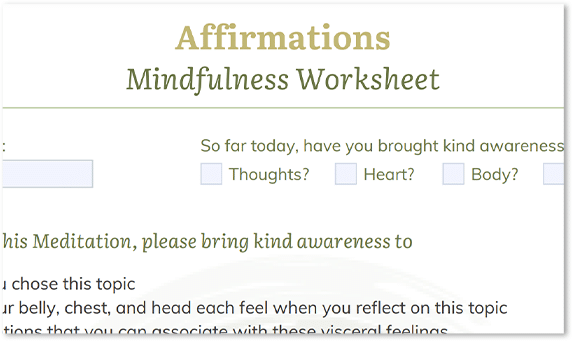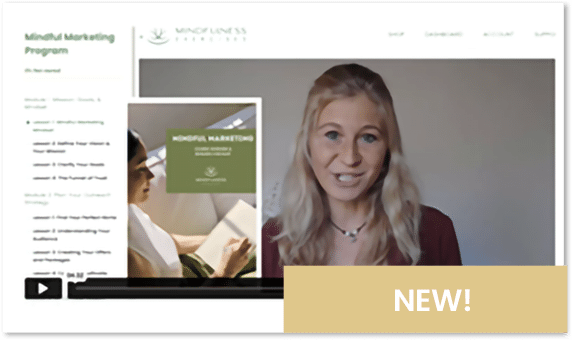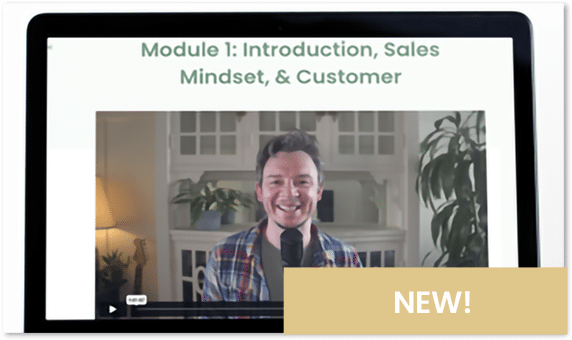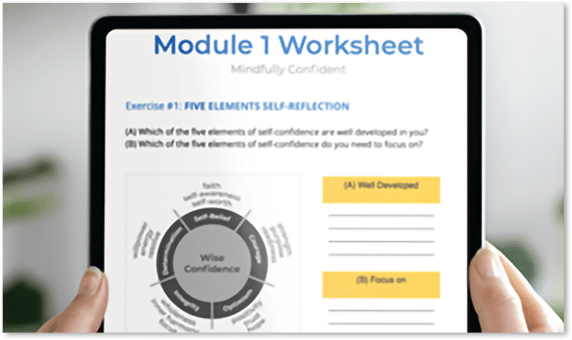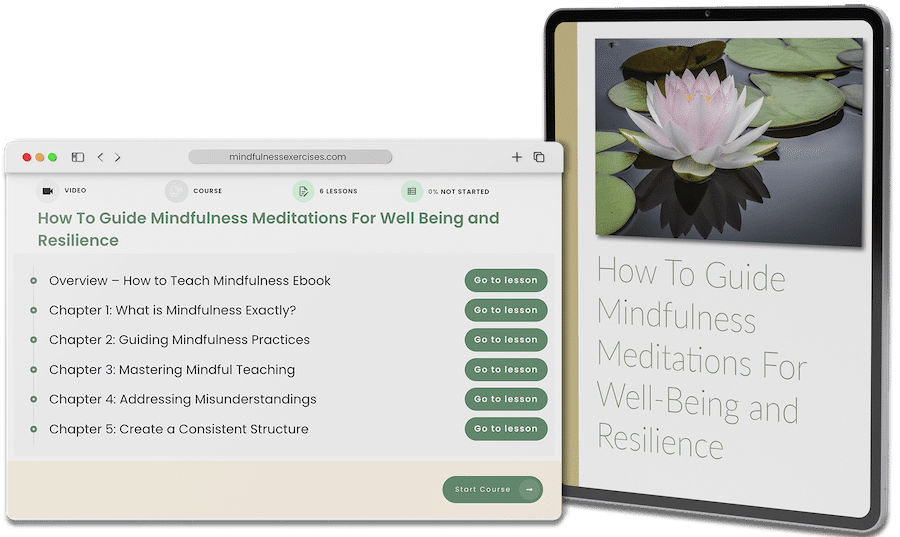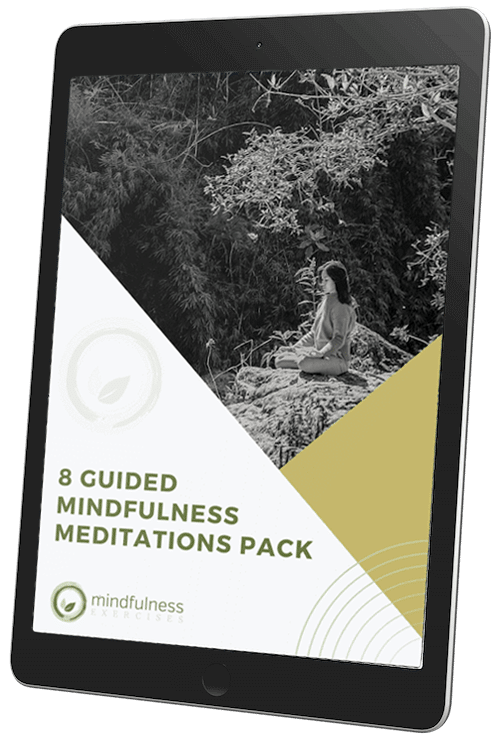Tara Brach talks about the topic Self-Compassion. In these difficult times, we’re often cruel on ourselves. It’s necessary to have self-compassion to bring the fullness of our being.
Download this Audio Meditation for Free, Just Enter Your First Name and Email Address:
Harnessing self-compassion is often more challenging than it sounds. Many of us have been conditioned in ways that subconsciously work in opposition with our attempt to embrace ourselves in kind and loving ways. This talk on self-compassion helps us to better understand what it means to self-love.
Embracing the Waves
The struggle with self-compassion is learning to be kind and tender towards life’s challenges when we arise. It can be easy to become caught up in self-judgment when the less desirable aspects of our humanity arise. However, as we learn to embrace the waves, we come into greater acceptance with all that is. Brach uses a great metaphor in this talk to explain how we can trust that we are the ocean so that when waves arise they really hold no danger. When challenging emotions arise, we can learn to love these too, harnessing compassion for our humanity.
A Full Witnessing for Compassion
When self-judgment or negative thought patterns arise, we can take a step back from the stories the mind weaves as we ask ourselves: what part of me is in need of attention? This stepping back from our attachment to the waves that move through us can help us to move towards a nurturance of whatever we are struggling with at present. When we come from this compassionate lens, the mind softens and the heart expands beneath our loving attention.
Download this Audio Meditation for Free, Just Enter Your First Name and Email Address:
More from: Tara Brach




